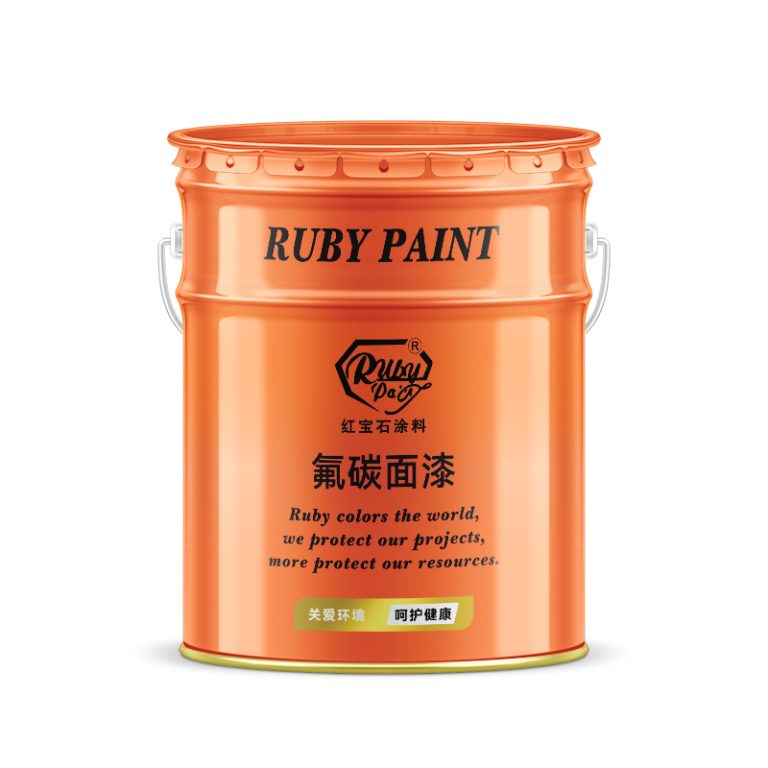Table of Contents
L’impact des émissions de fluorocarbones sur l’appauvrissement de la couche d’ozone
Numéro de série
| Produit | Peinture riche en époxy zinc |
| 1 | Réglementations sur les fluorocarbones et leur efficacité dans la protection de la couche d’ozone |
Non
Nom
Peinture intermédiaire au fluorocarbone
| En réponse aux preuves croissantes des effets néfastes des fluorocarbures sur la couche d’ozone, des réglementations internationales ont été mises en œuvre pour contrôler leur production et leur utilisation. L’une des mesures réglementaires les plus importantes est le Protocole de Montréal, un traité international conclu en 1987. Le protocole a été conçu pour éliminer progressivement la production et la consommation de substances appauvrissant la couche d’ozone, notamment de nombreux fluorocarbures tels que les chlorofluorocarbures (CFC) et les hydrochlorofluorocarbures (HCFC). ). | Malgré ces succès, il reste des défis à relever pour assurer la protection continue de la couche d’ozone. La production et l’utilisation illégales de substances interdites ont été signalées dans certaines régions, menaçant de saper les progrès réalisés jusqu’à présent. En outre, la nécessité d’une surveillance et d’une application continues des réglementations existantes est essentielle pour éviter tout retour en arrière potentiel.
En conclusion, les réglementations sur les fluorocarbures se sont révélées très efficaces pour protéger la couche d’ozone d’un nouvel appauvrissement. Le Protocole de Montréal, en particulier, témoigne de ce qui peut être réalisé grâce à la coopération internationale pour relever les défis environnementaux mondiaux. À l’avenir, il est essentiel de maintenir cet élan en garantissant le strict respect des dispositions du traité et en s’adaptant aux nouvelles découvertes scientifiques afin de préserver la couche d’ozone pour les générations futures. Le chemin vers une couche d’ozone entièrement restaurée est long, mais avec des efforts soutenus et une collaboration mondiale, il est à notre portée. |
| 1 | Fluoracarbon middle paint |
In response to the growing evidence of fluorocarbons’ detrimental effects on the ozone layer, international regulations have been implemented to control their production and use. One of the most significant regulatory measures is the Montreal Protocol, an international treaty agreed upon in 1987. The protocol was designed to phase out the production and consumption of ozone-depleting substances, including many fluorocarbons such as chlorofluorocarbons (CFCs) and hydrochlorofluorocarbons (HCFCs).
The effectiveness of these regulations in protecting the ozone layer has been evident over the years. Since the implementation of the Montreal Protocol, there has been a significant decrease in the atmospheric concentration of key ozone-depleting substances. Scientific assessments indicate that the ozone layer is gradually recovering, and it is projected to return to its pre-1980 levels by the middle of this century. This positive outcome underscores the success of the international community in addressing a global environmental issue through coordinated efforts.
Moreover, the regulations have spurred innovation in the industry, leading to the development of more environmentally friendly alternatives to fluorocarbons. Hydrofluorocarbons (HFCs), for example, have been introduced as substitutes for CFCs and HCFCs in many applications. Although HFCs do not deplete the ozone layer, they are potent greenhouse gases that can contribute to global warming. Recognizing this, the Kigali Amendment to the Montreal Protocol, adopted in 2016, aims to phase down the production and use of HFCs, further demonstrating the evolving nature of international environmental agreements in response to new scientific knowledge.

Despite these successes, challenges remain in ensuring the continued protection of the ozone layer. Illegal production and use of banned substances have been reported in some regions, threatening to undermine the progress achieved so far. Additionally, the need for continuous monitoring and enforcement of existing regulations is critical to prevent any potential backsliding.
In conclusion, the regulations on fluorocarbons have proven to be highly effective in protecting the ozone layer from further depletion. The Montreal Protocol, in particular, serves as a testament to what can be achieved through international cooperation in addressing global environmental challenges. Moving forward, it is essential to maintain the momentum by ensuring strict compliance with the treaty provisions and adapting to new scientific findings to safeguard the ozone layer for future generations. The journey towards a fully restored ozone layer is long, but with sustained efforts and global collaboration, it is within reach.



